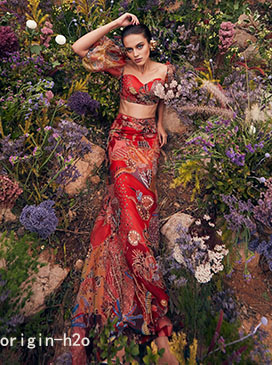
Why is the world scrambling for $50 million worth of fabric? The answer lies in these three fatal te
Environmentally friendly materials are popular: As the concept of sustainable development has become more popular, environmentally friendly materials have become mainstream. Natural materials such as organic cotton, natural linen and organic bast fiber, as well as recycled materials such as recycled polyester and recycled nylon are widely used, which not only meet environmental protection needs, but also provide a comfortable wearing experience.
The rise of high-tech functional fabrics

Moisture-absorbing and quick-drying fabrics: such as recycled tear-resistant nylon, ultra-light permeable mesh, etc., have good moisture absorption and quick-drying properties, which can keep the body dry during exercise or hot weather, and are suitable for sports and outdoor wear.
Body temperature regulating fabrics: Cool fabrics and human microclimate fabrics, etc., can be adjusted according to changes in ambient temperature and human body temperature, provide a comfortable wearing experience, and cope with daily extreme environments.
Waterproof and windproof fabrics: Ultra-light nylon material waterproof, breathable and wear-resistant functional fabrics provide possibilities for lightweight outdoor equipment and meet the needs of outdoor travel.
Special materials are in the spotlight: Biosynthetic materials such as fabrics made from new algae biotechnology, environmentally friendly yarns such as new yarns extracted from marine waste, and ethical animal hair fibers such as merino wool, etc., have attracted the attention of designers.
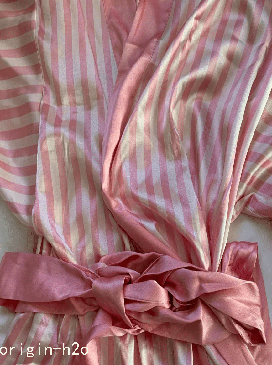
Casual stripes are popular: casual elements such as holiday stripes and awning stripes have become popular patterns, and the appearance of lightly washed stripes with sun-faded and soft color textures is popular. The classic pajama stripes use light or neutral colors as the base color, and the twill or flat fabric texture made of natural linen brings a dry touch and fresh breathability.
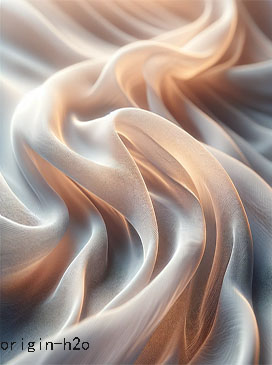
Knitting and handicraft revival: traditional handicrafts such as geometric jacquard, patchwork patterns, hand-woven jacquard and other designs have returned, bringing unique details to the fabrics, showing the charm of retro and personality.
Shrinking texture is popular: the three-dimensional pleated surface enhances the casualness and comfort of woven and plain knitted fabrics. Shrinking colored woven fabrics continue to attract attention. Micro textures have evolved into summer pleated stripes, seersucker plaids, crepe textures, etc., which increase the comfort and versatility of the fabrics.
The rise of simulated natural textures: Fabrics with mottled simulations or surreal looks derived from geological forms are gaining attention, such as fabrics dyed with minerals, rocks or volcanic soils, which show a natural sun-faded effect, creating a unique natural style.
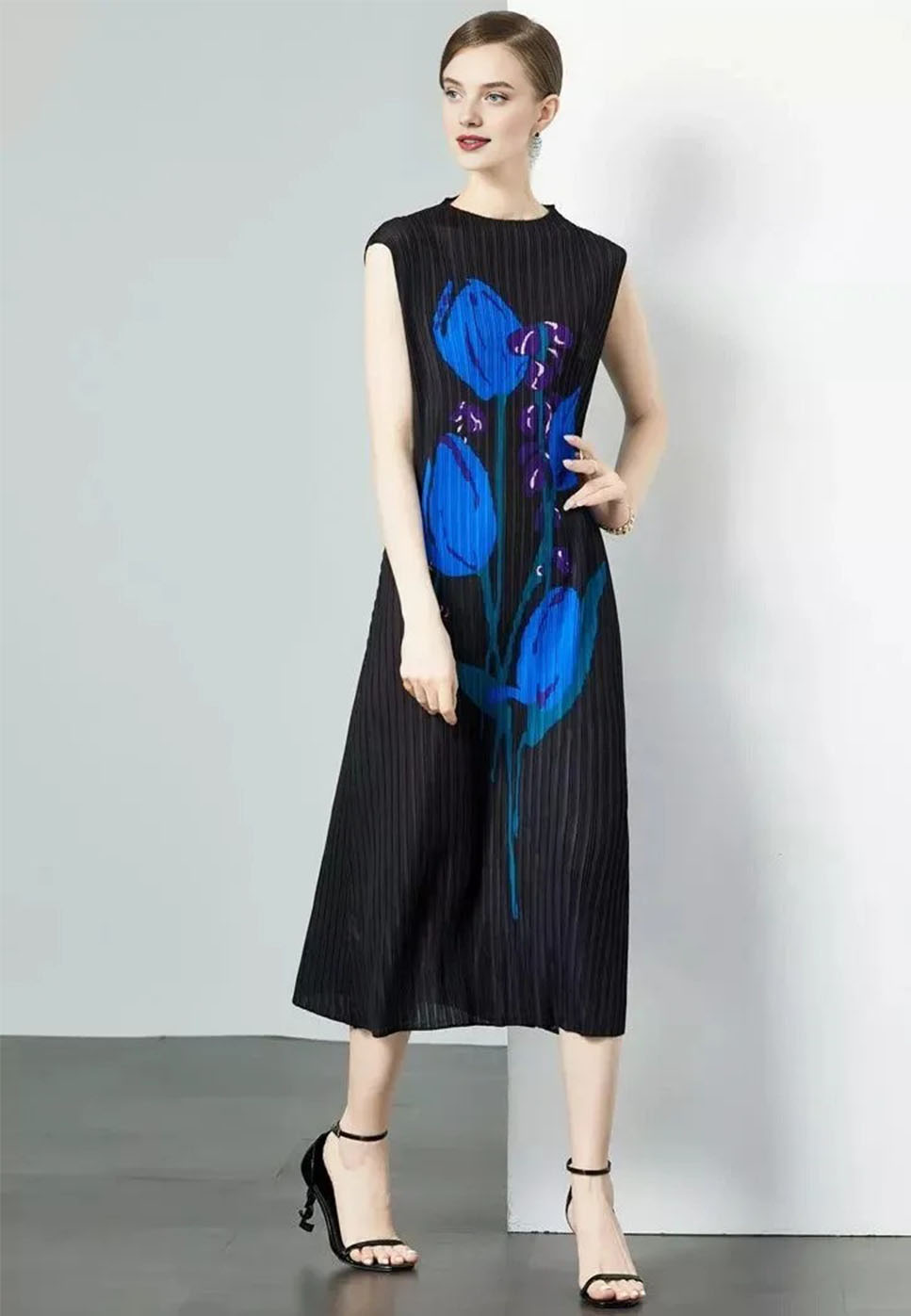
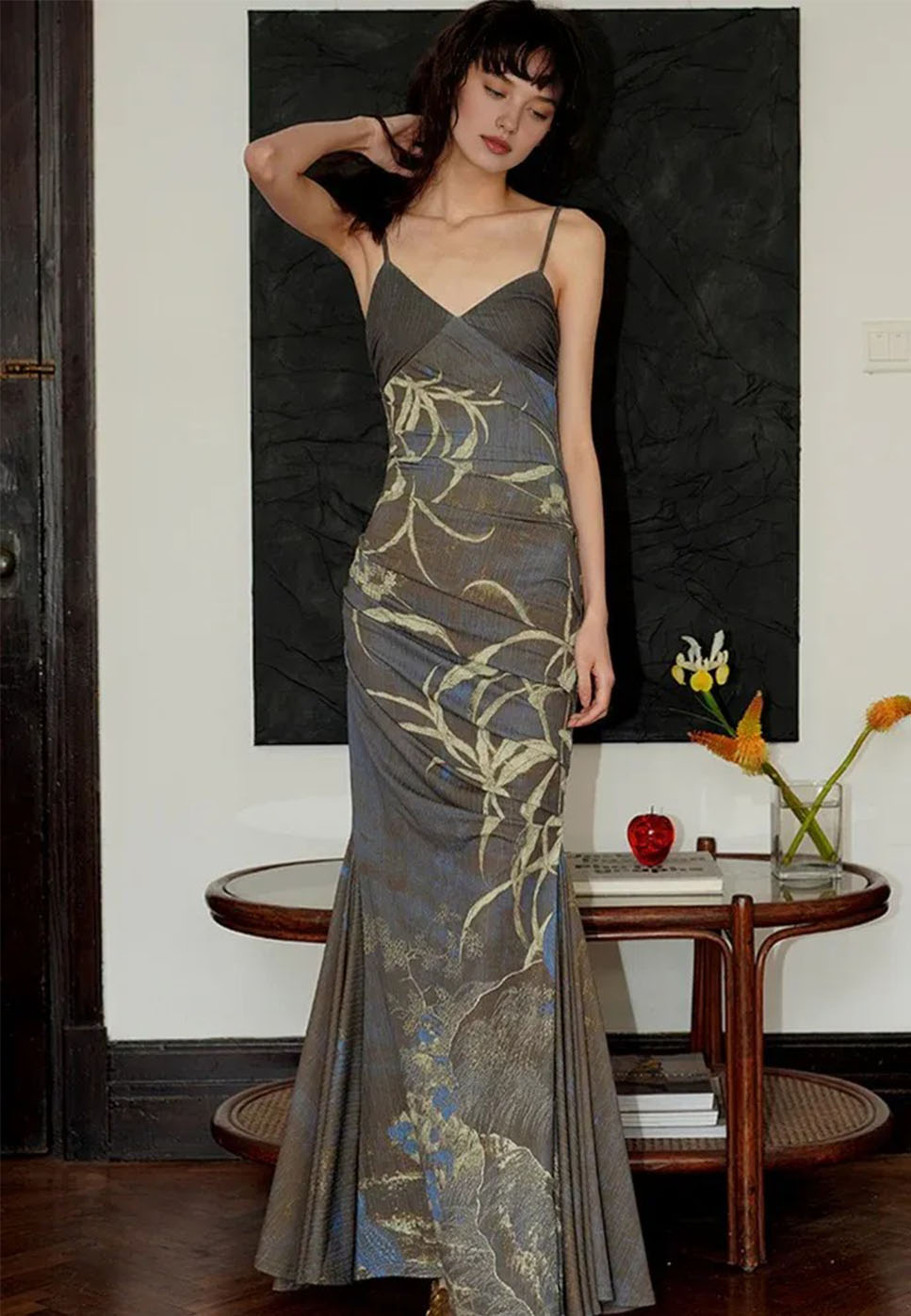
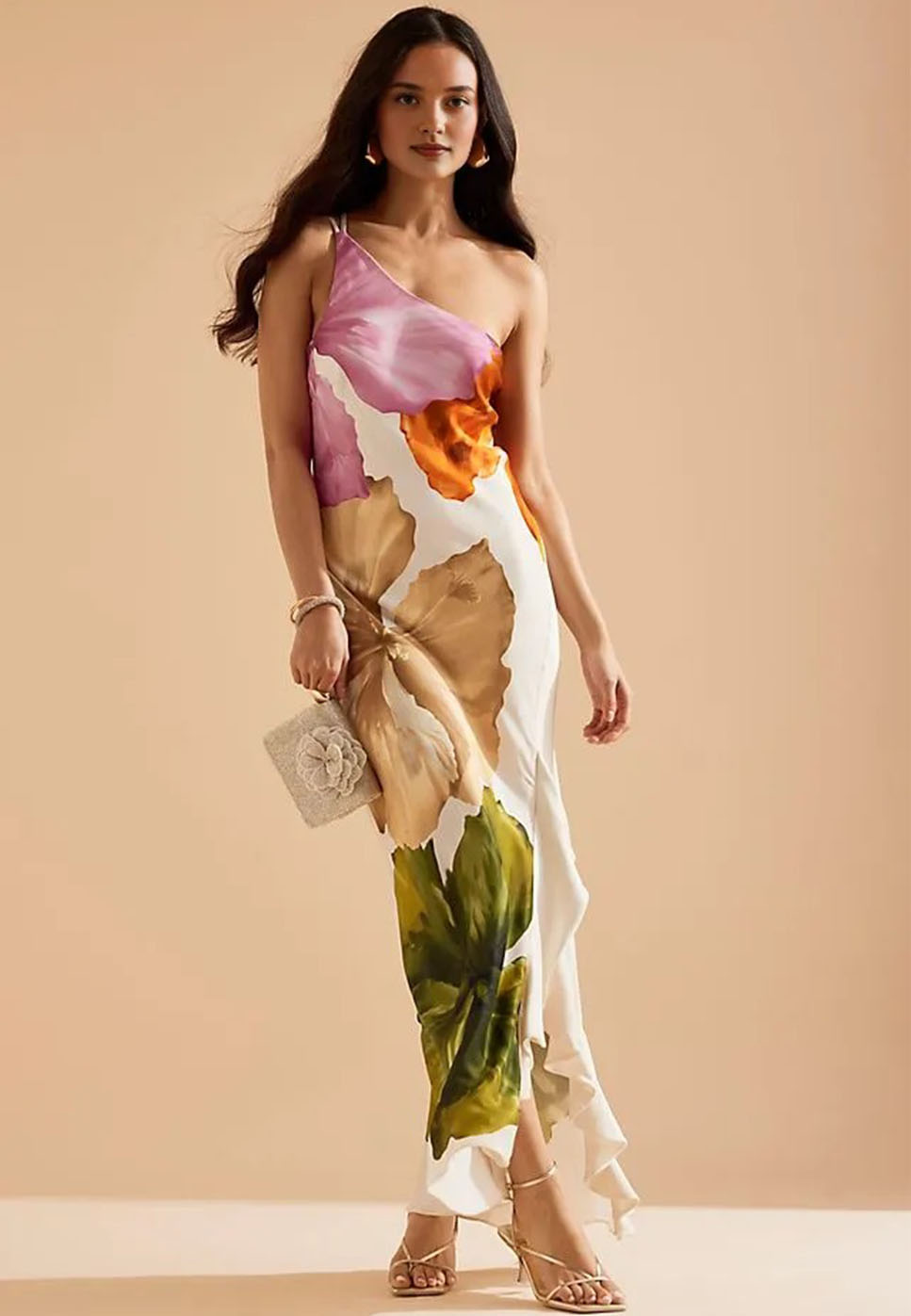
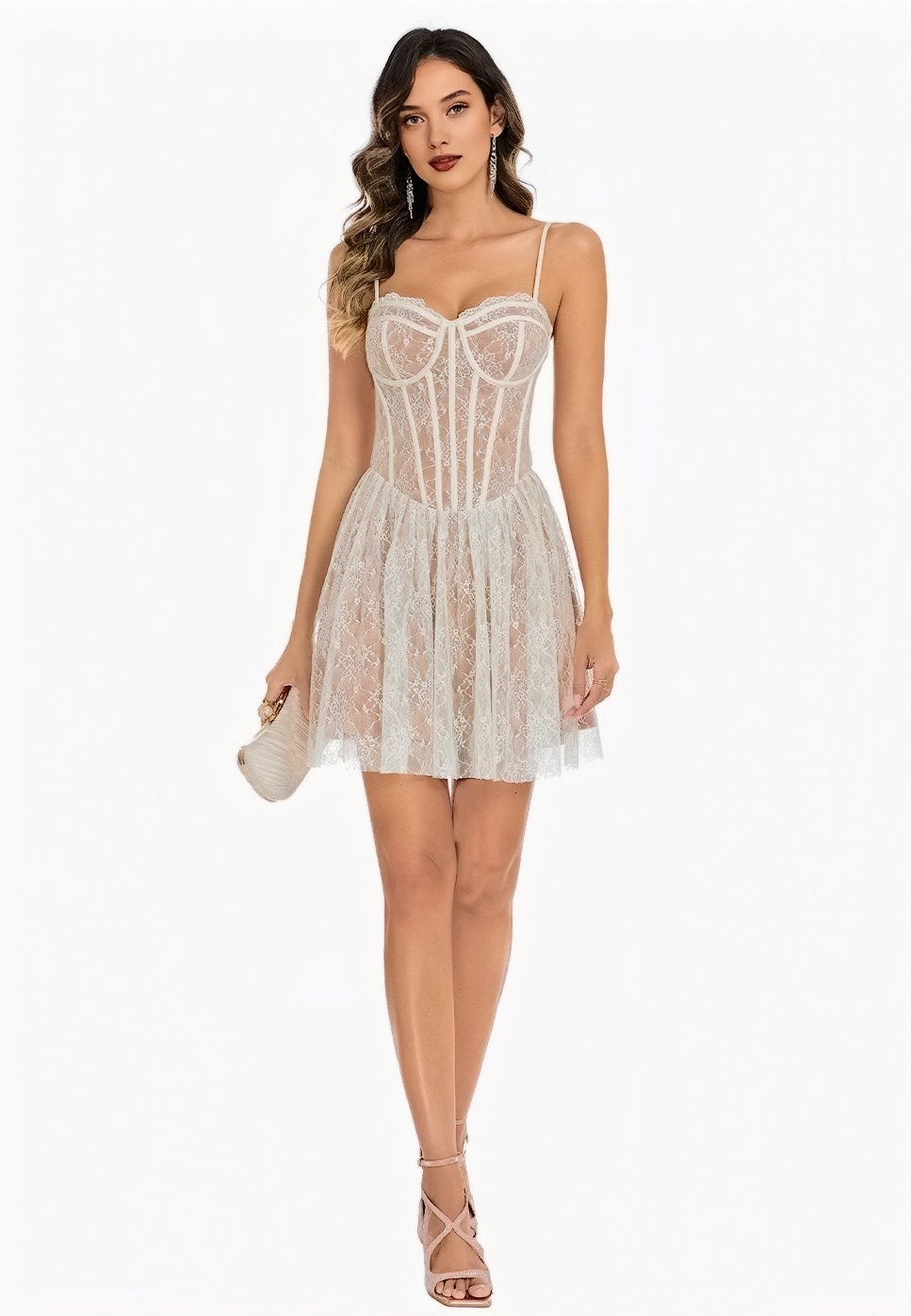
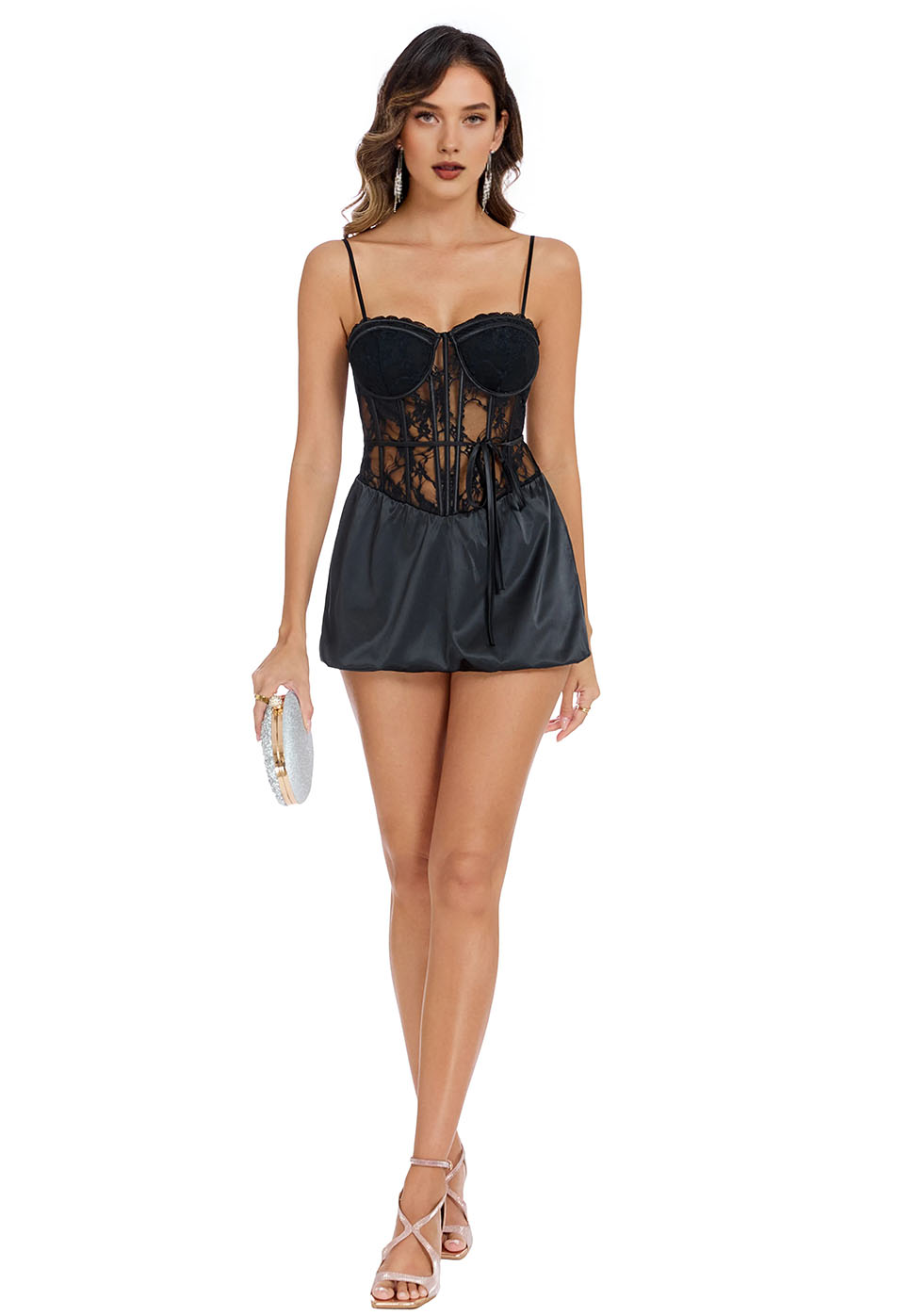
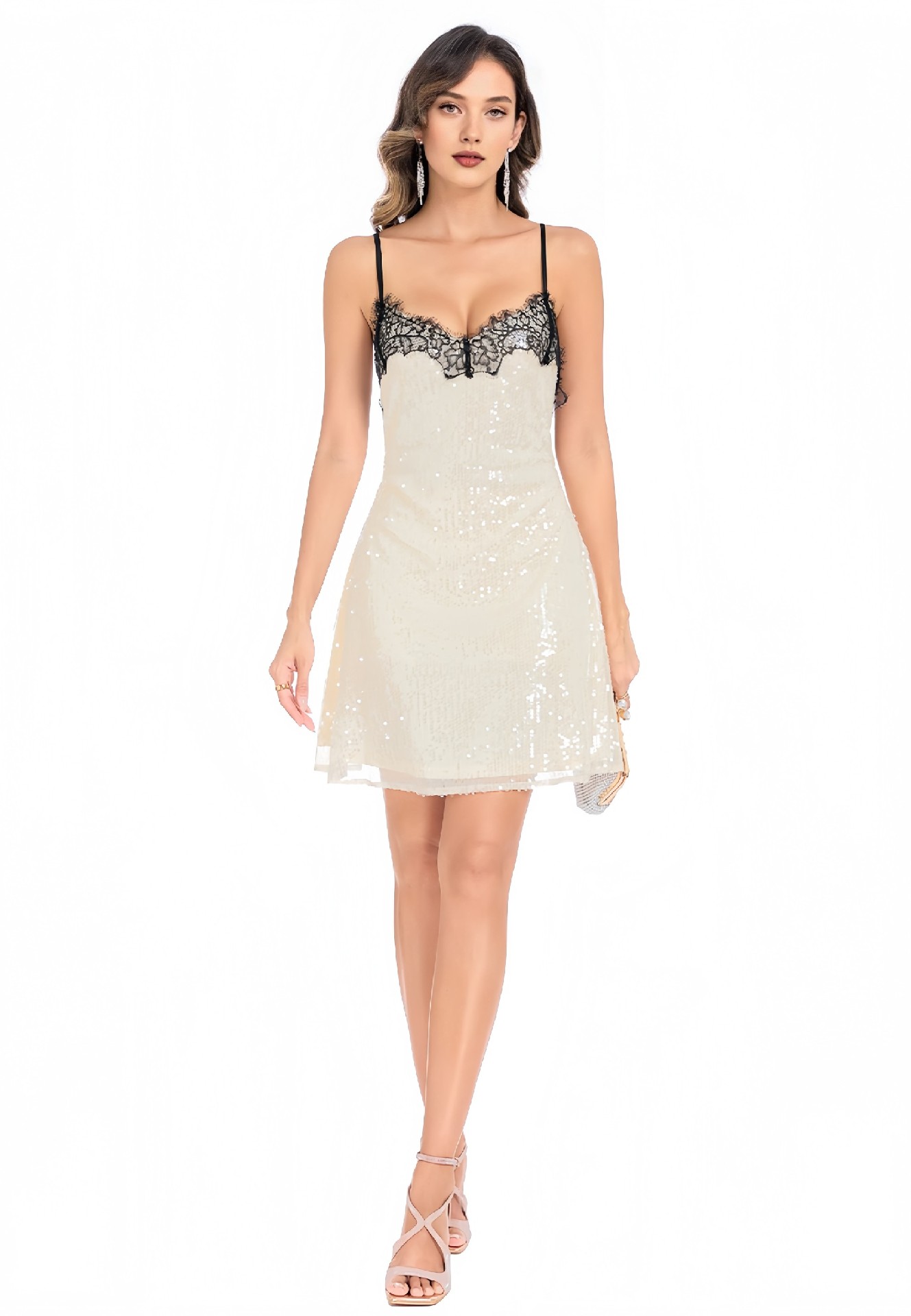
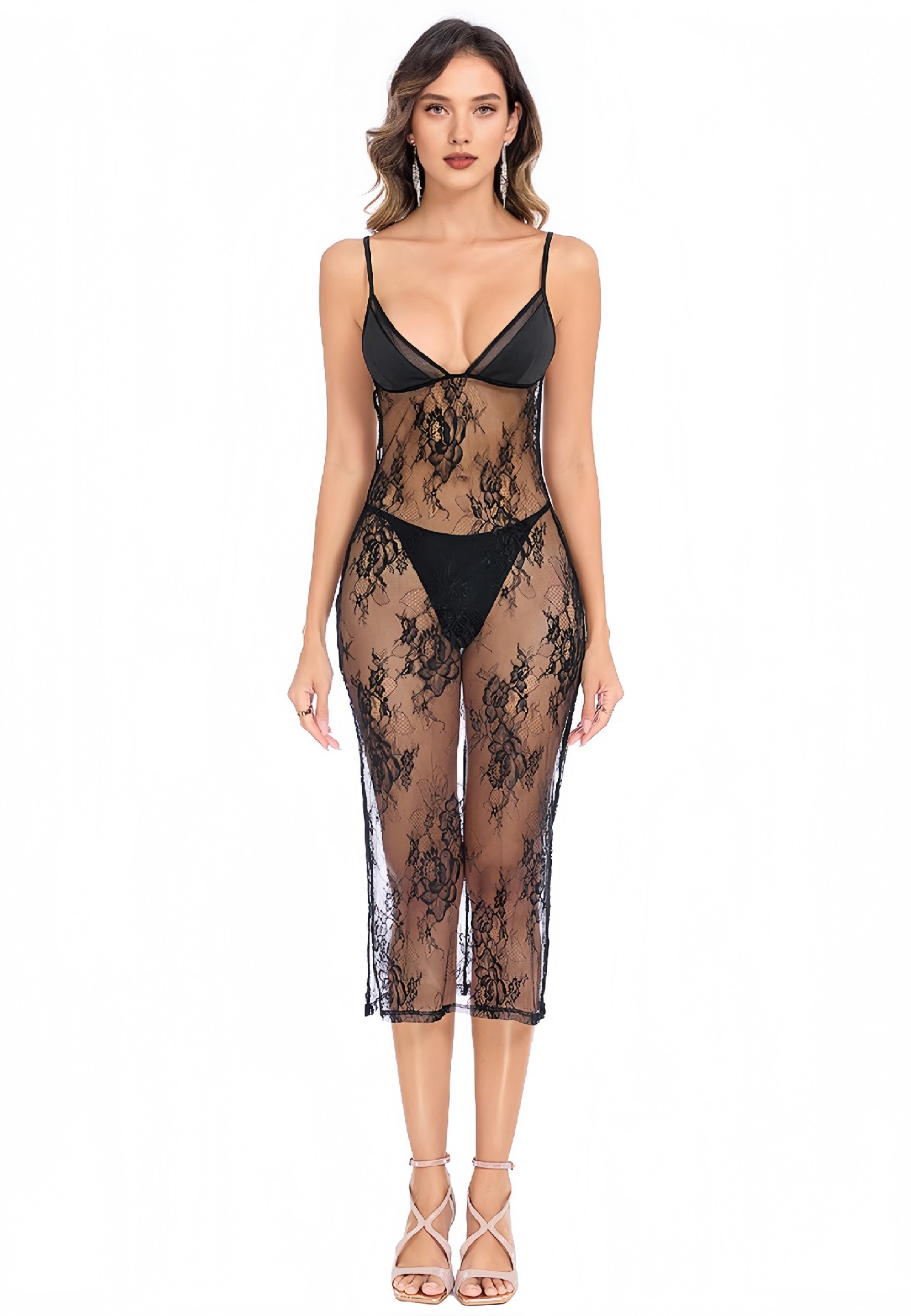

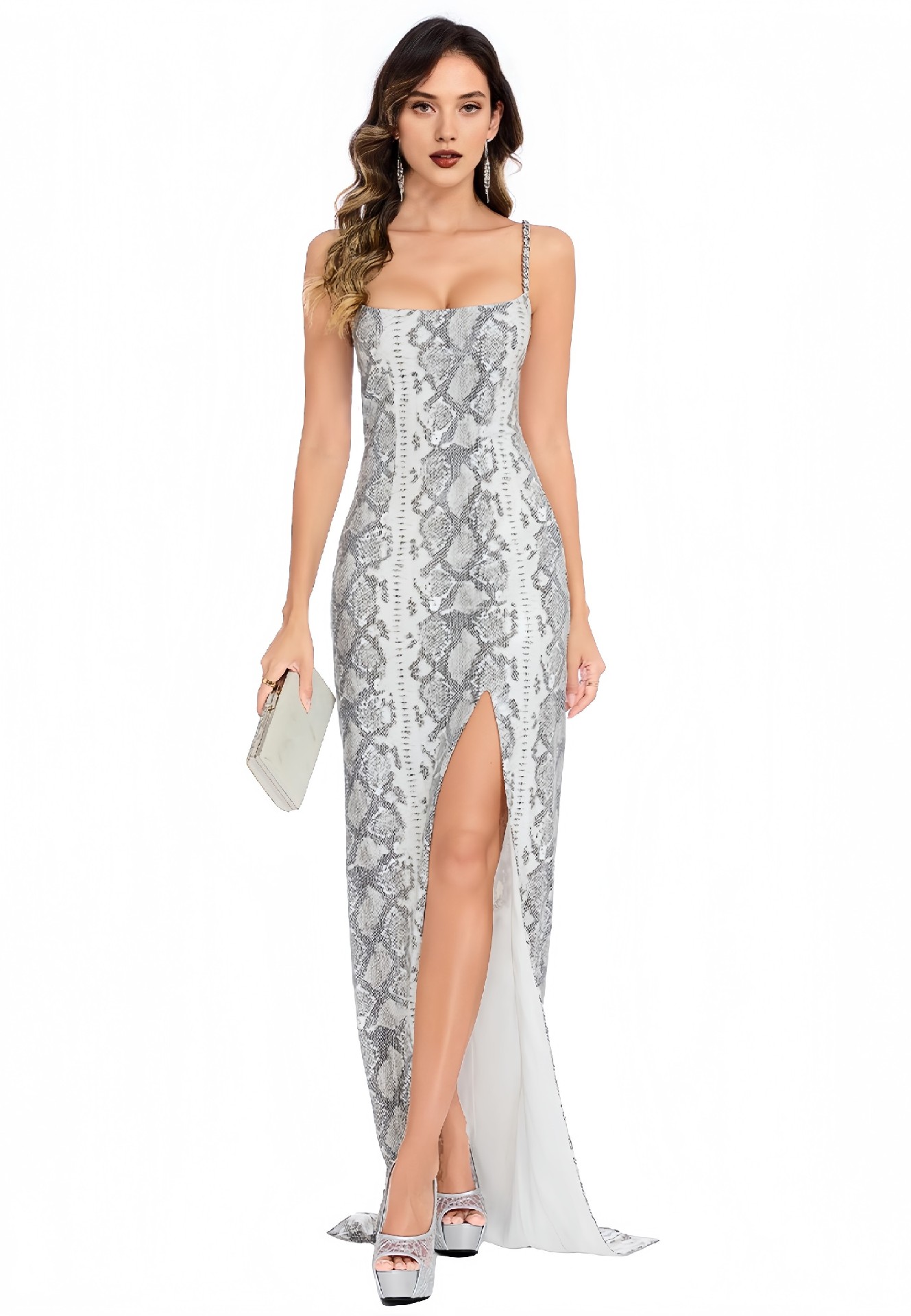
Comment:
Post Your Comment: